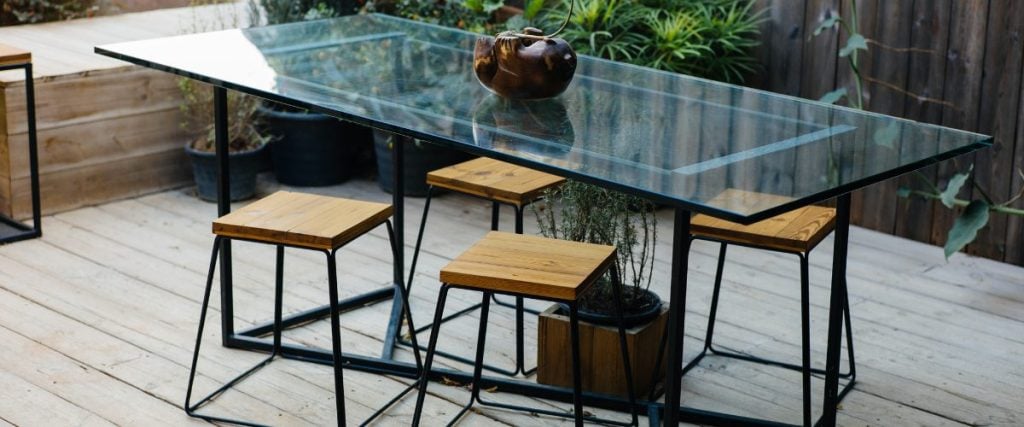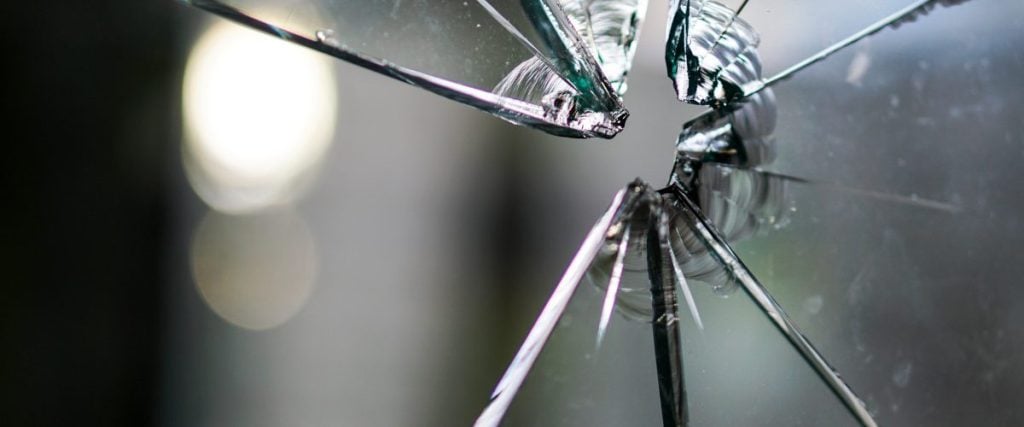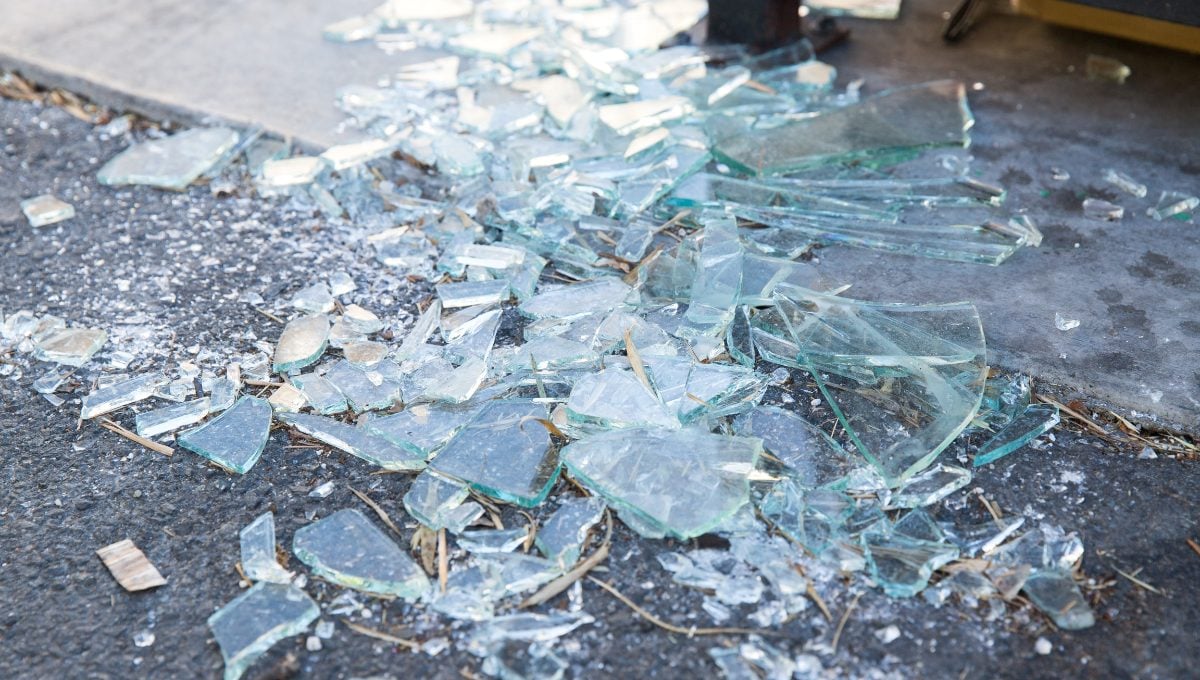Thermal Shock on Glass- Everything You Need To Know
So, imagine you're a hot mug of coffee, happily sitting on your cozy coaster. Suddenly, your owner decides to dump ice-cold water into you. Boom! That's thermal shock for you! It’s a phenomenon that occurs when a material experiences a rapid change in temperature, causing it to expand or contract unevenly.
The same principle applies to various substances, including metals, ceramics, and even living tissues. When exposed to extreme temperature variations, such as moving from a hot environment to a cold one or vice versa, the rapid thermal expansion or contraction can lead to stress and ultimately cause fractures or damage within the material.
And when it comes to thermal shock, glass raises its hand and screams, "Me, me, pick me!" You see, glass is quite sensitive to temperature changes, which makes it prone to cracking or shattering under the stress of thermal shock. It's all because of its unique molecular structure.
Glass doesn't have a crystalline arrangement like most solids. Instead, its molecules are arranged in a disordered fashion, like a rebellious teenager's room. This makes it more vulnerable to sudden temperature shifts. When exposed to rapid temperature changes, different parts of the glass expand or contract at different rates, leading to internal stress that it struggles to handle gracefully.
How it happens
So, how exactly does this happen? First thing you need to know is that there’s two aspects that influence its occurrence: temperature fluctuation and thermal gradient. We’ve already talked about temperature fluctuation and how uncomfortable that can be for materials, especially glass. So, let’s dive into thermal gradient.
Thermal gradient
Think of gradient as a fancy word for a temperature difference across a material. Say you have a metal rod. One end is exposed to scorching heat, while the other end is chilling in the winter breeze. That's one confused rod!
Now, when a material experiences a sudden change in temperature, it creates a sharp thermal gradient within its structure. The regions exposed to the extreme temperature either expand or contract rapidly, while the rest of the material remains relatively unchanged.
Here's where the trouble starts: the abrupt temperature shift creates stress within the material due to uneven expansion or contraction. This stress creates internal strains, which can weaken the material's structure. If the stress exceeds the material's strength, cracks or fractures can occur, leading to visible damage or even complete failure.

Factors that can cause thermal shock on glass
Thermal shock on glass can be triggered by various factors, each with its own intensity. Some of these include:
Solar heating
Ah, the power of the sun! When glass basks in its warm glory, it can absorb a lot of solar energy. But beware! If the glass heats up too rapidly or unevenly, thermal shock may strike.
Shadows
Shadows may seem harmless, but they can be sneaky troublemakers for glass. When part of the glass is shaded while the rest is exposed to sunlight, it creates a thermal gradient. As the sunlit portion expands due to heat, the shaded part remains cool, leading to internal stress.
Artificial heating & cooling
Glass encounters artificial temperature swings too! Imagine a cozy glass window near a heater or an icy blast from an air conditioner. Rapid temperature changes caused by artificial heating or cooling can jolt the glass, making it shout, "Hey, slow down, I need time to adjust!"
Edge strength
The edges of glass are more susceptible to thermal shock due to their increased stress concentration. They're like the Achilles' heel of glass! If the edges are weak due to factors like poor finishing or damage, they become potential starting points for cracks under thermal shock conditions.

How can you prevent it from occurring?
Now that we’ve seen what and how this process occurs, how do we stop it? Here are some savvy moves to keep in mind:
Temperature tango
No abrupt temperature changes, please! Avoid placing hot objects on a chilly surface or vice versa. It's like mixing oil and water—things can go crack! Give your furniture time to adapt to new temperatures, just like letting your morning coffee cool down before sipping.
Even-heating harmony
Let's find the perfect spot, shall we? Keep your furniture away from direct sunlight or those sneaky heating/cooling vents. Uneven heating is like giving your furniture a hot-cold rollercoaster ride. Give it some shade and a comfortable space to chill without the dramatic temperature swings.
Handle with love
Treat your outdoor furniture like a fragile, elegant dancer. Avoid those clumsy drops or impacts that can cause unexpected thermal shocks. One wrong move, and you'll have a furniture heartbreak on your hands. Let's keep it intact and avoid any sad "Oops!" moments.

Ultimately
And there you have it, folks! We've journeyed through the wild world of thermal shock and its impact on glass. From the perils of solar heating to those sneaky shadows, we've seen how temperature surprises can make glass go "crack!" But fear not, for we've uncovered the secrets to prevention. Avoid abrupt temperature swings, keep your furniture away from sunbeam battlegrounds, and handle it with gentle care. Let's bid thermal shock a not-so-fond farewell and embrace a crack-free future for our beloved rattan tables. Cheers to keeping things cool, classy, and crack-free!
Sign up for our emails below, so we can send you blogs on gardening tips, as well as updates on our sales, so you don’t miss out on those garden furniture bargains!








